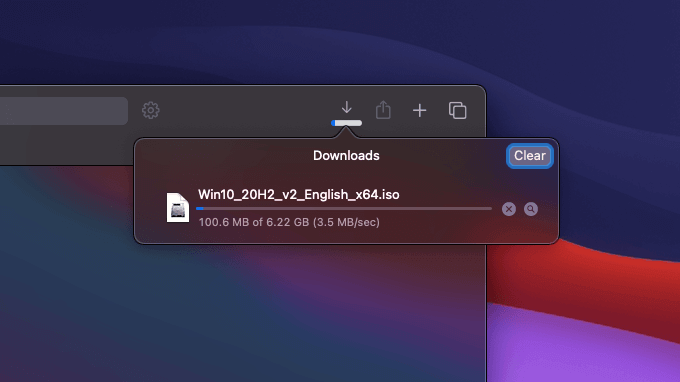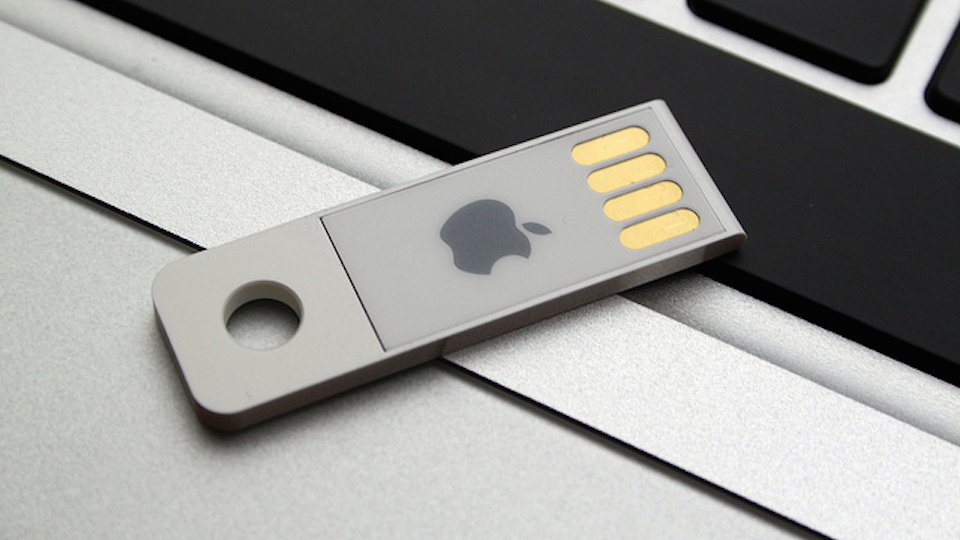
- #How to make a bootable usb mac from imac how to#
- #How to make a bootable usb mac from imac mac os x#
- #How to make a bootable usb mac from imac install#
- #How to make a bootable usb mac from imac iso#
- #How to make a bootable usb mac from imac download#
That downside is the fact that you need to have some level of experience when working with Terminal, especially after Microsoft made it harder to do, as we’ll see later in this section. However, they come with an obvious downside. Both have very straightforward syntaxes with multiple options based on what you require.
#How to make a bootable usb mac from imac iso#
Both of these are native command-line utilities that you can use in tandem to format your USB drive and then burn the bootable ISO file to the formatted media. This is done using the diskutil and hdiutil commands in Terminal. Mac Terminal can also be used to create an installer from an ISO file. You can eject the drive once the process is complete.
#How to make a bootable usb mac from imac install#
Hit Continue again and wait for the install disk to be created. The drive information will also be displayed below it. When you hit Continue, you’ll be taken to a page where you can choose the ISO file. Once you have the ISO file, insert the drive, launch Boot Camp Assistant and choose the option to create an install disk. That’s a more involved process.The process is simple enough. You can just boot and use them normally without modifying your system.Įxercise caution before attempting to install a Linux system to your Mac’s internal drive. This solution will allow you to boot common Linux USB drives on your Mac. If your Mac just boots to the login screen and you don’t see the boot options menu, reboot your Mac again and hold down the Option key earlier in the boot process. The Mac will boot the Linux system from the connected USB drive.

To actually boot the drive, reboot your Mac and hold down the Option key while it boots.
#How to make a bootable usb mac from imac how to#
RELATED: How to Install and Dual Boot Linux on a Mac This only works for Ubuntu-based distributions.Ĭlick “Persistence Manager” on the main screen, choose your drive, select how much of the drive should be reserved for persistent data, and click “Create Persistence” to enable this. For example, you can set up “persistence” on the drive and part of the USB drive will be reserved for your files and settings. Mac Linux USB Loader will create a bootable USB drive that will work on your Mac and boot into that Linux distribution without any problems or hacks.īefore booting the drive, you may want to change some other options here. Select the Linux distribution’s ISO file you downloaded and choose a connected USB drive to put the Linux system on.Ĭhoose the appropriate options and click “Begin Installation” to continue.
#How to make a bootable usb mac from imac download#
If not, select the “Distribution Downloader” option to easily download Linux distribution ISOs for use with this tool. Select the “Create Live USB” option if you’ve already downloaded a Linux ISO file. Next, open the Mac Linux USB Loader application you downloaded. If it isn’t, delete the partition and create a FAT partition - not an ExFAT partition. Check that the USB drive is formatted with an MS-DOS (FAT) partition.

This will avoid a missing “Enterprise Source” error later.įirst, insert the USB drive into your Mac and open the Disk Utility application. Note: Be sure to move the Mac Linux USB Loader application to your Applications folder before running it.

You can then reboot and boot those USB drives to use the Linux distribution from the live system.
#How to make a bootable usb mac from imac mac os x#
This Mac application will allow you to create USB drives with your preferred Linux distro on them from within Mac OS X in just a few clicks. RELATED: How to Use Your Mac's Disk Utility to Partition, Wipe, Repair, Restore, and Copy DrivesĪ tool named “ Mac Linux USB Loader” by SevenBits worked well for us. The solution below should allow you to create Linux live USB drives that will boot on modern Macs without any additional fiddling or anything extra - insert, reboot, and go. But you don’t have to install this alternative UEFI boot manager on your Mac. REFInd should allow you to boot those USB drives if you install it on your Mac. There’s a reason Ubuntu recommends just burning a disc. For example, Ubuntu offers some painstaking instructions that involve converting the USB drive’s file system and making its partitions bootable, but some people report these instructions won’t work for them. While you can connect an external CD/DVD drive to your Mac and boot from standard Linux live CDs and USBs, simply connecting a Linux live USB drive created by standard tools like Universal USB Installer and uNetbootin to a Mac won’t work. RELATED: How to Create Bootable USB Drives and SD Cards For Every Operating SystemĪpple’s made it difficult to boot non-Mac OS X operating systems off of USB drives.


 0 kommentar(er)
0 kommentar(er)
